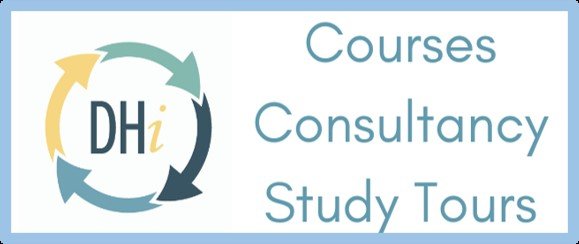TQ 004 Business Performance Improvement - CMI Approved
COURSE CONTENT
Business Performance Improvement is a general term used by a wide variety of people but with often very different perceptions of the subject.
In terms of its potential for saving significant costs from your processes, this Unit absolutely lends itself to getting your work colleagues involved even if they are not doing this courses themselves and practicing what the Unit teaches. This is the essence of Workplace Learning and if the student does not do that, it is a big opportunity wasted.
Our perception covers the broadest spectrum and includes every activity in an organisation that will improve its competitive situation in its market place. The Japanese have a name for this. It is 'Dantotsu' and it means that an organisation should strive not only to make every feature of its products, services and general business performance criteria better that its competitors but to be so far ahead wherever possible that it will take at least 5 years to catch up so it is fiercely competitive. It means striving to galvanises to total human and other resources of the company to work towards making that company unbeatable. In order to achieve that certain basics must be in place and this course is about those basics.
If you have just clicked in here on the web, this course is part of the DHI 5 Unit course, Quality Fundamentals. The same material is also covered in our Diploma in Quality Leadership but dealt with in a different way. In that course, the student not only appreciates the process but is encouraged to apply is whilst working through a live project. It is possible whilst doing that to make some very considerable process performance improvements.
Quality Fundamentals is entirely eLearning based. It is packed with quizzes as gateways to progression. At the end of the course there is a final quiz. On satisfactory completion of the quiz you will be a awarded with the Quality Fundamentals Certificate. The course is broken down into bite sized sections with a short quiz at the end of each section. Designed to be viewed from either PC, laptop, tablet or mobile phone, you can study any time of day and pick up from where you left off. The TQ 004 Business Performance Improvement unit is made up of 11 sections:
TQ 004 Business Performance Improvement
Getting Started for Quality Fundamentals
Introduction to Problem Solving
Defining a Project
Project Identification Based on Cost
Recording the Current Situation
Process Analysis
The Fishbone Diagram and Related Tools
Key Tools for Testing the Theories
Remedies
Holding the Gains
Presenting a Project
Tools Included
Vocabulary/terminology and business benefits of project by project improvement.
Project identification using Language based data collection and analysis tools)..
Use of the Brainstorming Technique for Project Identification.
Project selection – use of Business KPIs, Data Collection and Analysis, and Matrix methods. Teams select a Project.
Establishing project Terms of Reference.
Understanding a Process map – inputs and outputs. Gap analysis.
Agree Project scope, expectations, team relationships.
Process mapping and analysis.
Process mapping and analysis presentation of results.
Process mapping and analysis by teams.
Introduction to Root Cause Analysis.
The techniques of Cause and Effects Analysis.Application of the Fishbone Diagram to the current project Presentation of results by teams. Data Ranking tools – Paired Comparisons.
Application of Paired Comparisons to current project.
Presentation of results by teams.
Testing the theories of causes – data collection and analysis.
Variable and Attribute Data.
Data sampling theory.
Reminder from previous Unit, Sampling risk, the fallacy of 100% sampling
Teams consider how data can be collected on their current project.
Feedback by teams.
Check Sheets and Pareto Analysis
Teams select ‘most likely’ major causes in current project.
Application of Pareto Analysis to current project.
The Remedial Journey – from Cause to Remedy
Data Gathering.
Reversible and Irreversible Remedies/Solutions.
Testing remedies. Overcoming resistance to change.
Teams identify and evaluate possible remedies and select the most appropriate.
Teams consider the cost and other implications of remedies selected and begin preparation for project presentation.
Presentation preparation
Presentations of projects by teams
Testing the theories of causes.
ENTRY REQUIREMENTS
Quality Fundamentals is designed for all levels of academic ability and is intended for the entire payroll from the CEO through to line personnel. It forms the basis of all other David Hutchins International Quality College (DHIQC) quality based courses.

